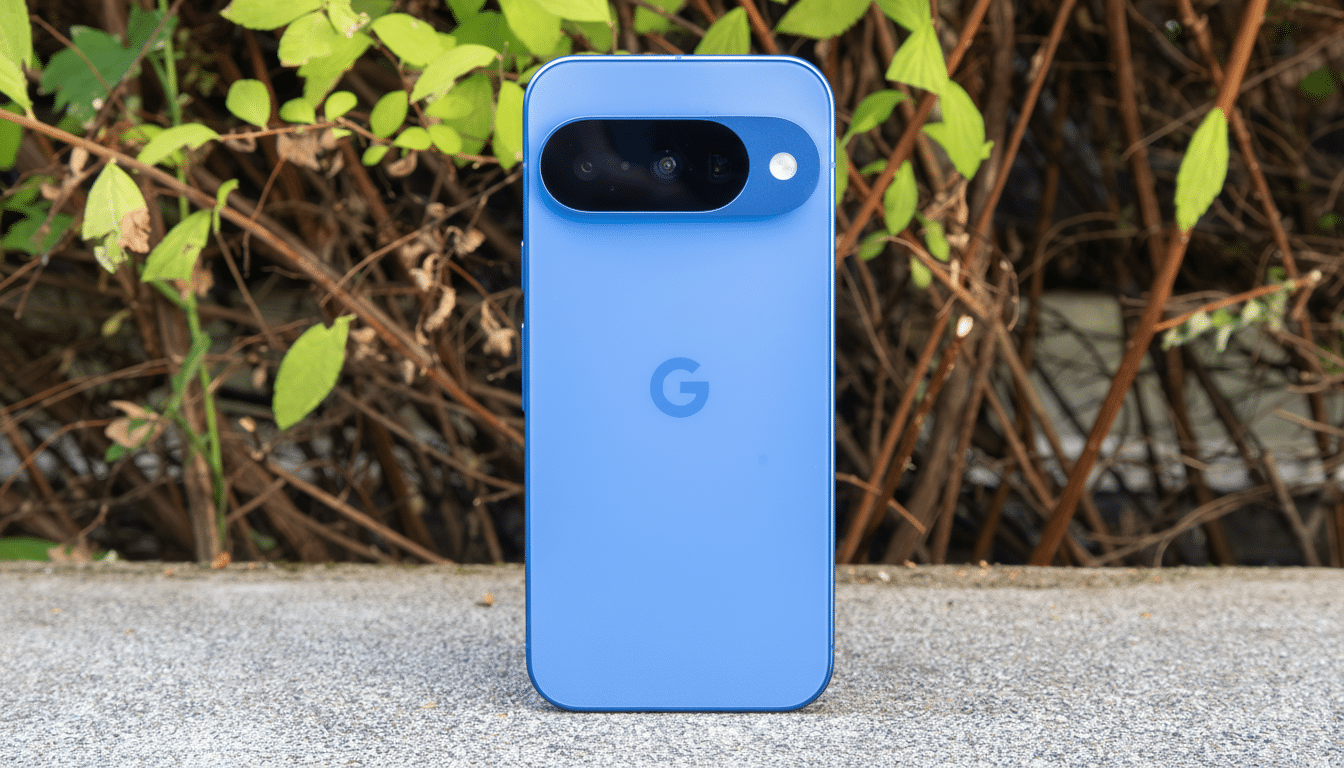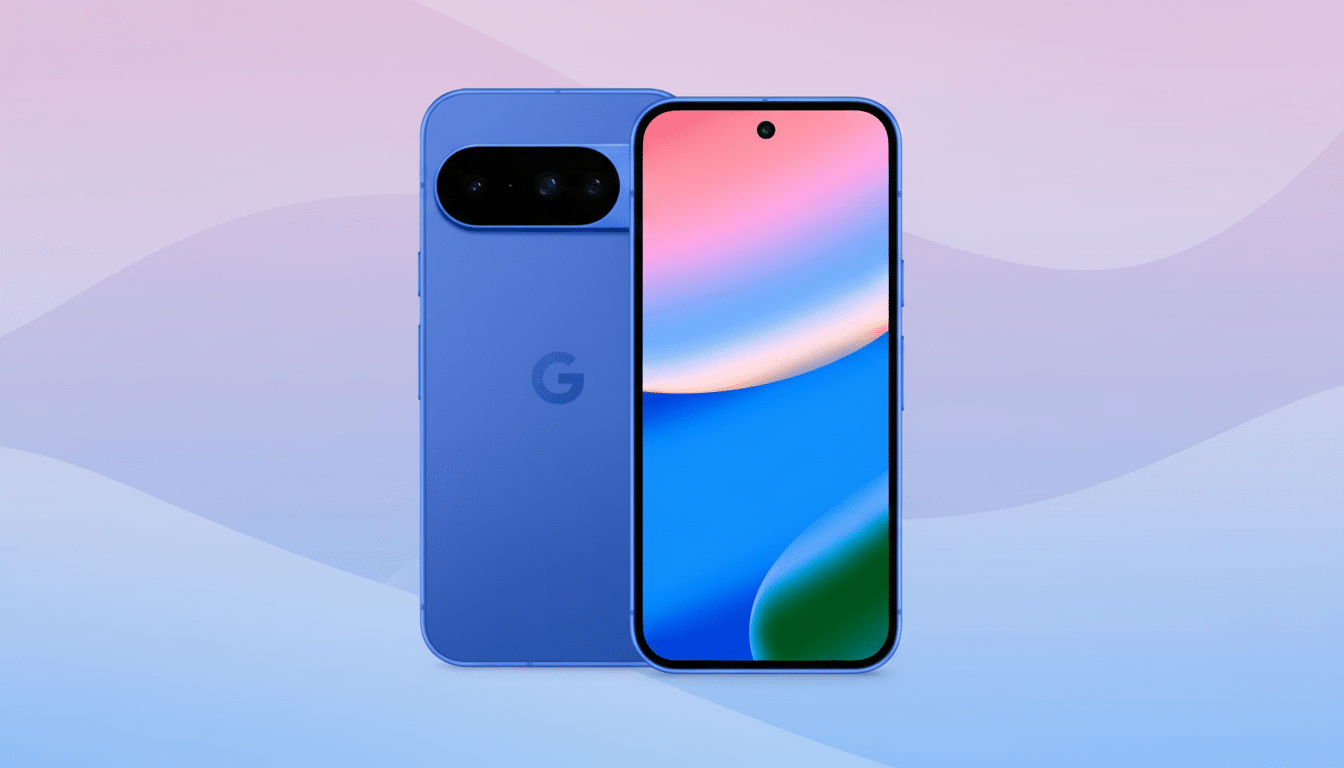Google’s new Pixel 10 phones can now beam files straight to iPhones using Apple’s closed AirDrop technology, a first for cross‑platform sharing that arrived without being wrapped in the legendary warm hug of Apple’s participation. The move crumbles one of the most persistent forms of walls between Android and iOS, and could materially lower the daily friction in mixed‑device homes and workspaces.
How it works between Pixel 10 and iPhone devices
The feature is housed inside Quick Share on the Pixel 10, and it speaks to AirDrop on the iPhone end. To transfer from a Pixel 10 to an iPhone, the iPhone owner needs to have turned on AirDrop’s receiving option so that it can be found by anyone. If you go the other direction — iPhone to Pixel 10 — then the Pixel also has to be set in Quick Share to accept from everyone. Google said it created the feature on its own and did not work with Apple, The Verge reported.

In practice, that looks like a familiar flow with one wrinkle: the Pixel 10 promotes a share target that an iPhone sees as an AirDrop recipient; the iPhone presents the incoming transfer as it does any other AirDrop. The service relies on short‑range radios for discovery, but then uses a direct wireless link for speed — so big photo and video files transfer fast without the cloud or a cable.
What to do to send files between Pixel 10 and iPhone
Open the AirDrop settings on the iPhone and select an option to receive from Everyone (Apple now restricts this setting as temporary so it can’t be abused, which is indicated with text reading Everyone for 10 Minutes in recent iOS versions). To experience the best discovery, keep your screen on and brightness up, or device unlocked.
On the Pixel 10, you will open Quick Share, select the file and choose your iPhone from nearby devices. If you’re receiving from an iPhone, set Quick Share network visibility to Everyone and wait for the incoming prompt. Both your screen and device need to have Bluetooth and Wi‑Fi activated, and be within a few feet of each other.
Important Limits and Security Considerations
This is a Pixel 10‑only feature at launch — no old Pixels or other Android phones for now. This exclusivity might be related to the phone software stack or radio firmware, and Google hasn’t commented on when (or if) support will be opened up.
Due to the fact that the iPhone has to remain in view of everyone for it to be discoverable, it’s an easy target in crowded areas. Apple’s time‑limited recipient mode helps, but best practice remains the same: accept only transfers you were expecting and know. And the same advice for Pixel users in opening Quick Share up to anyone.

Speedwise, direct wireless connections can transfer multi‑hundred‑megabyte clips in under a minute given the right conditions, but performance does depend significantly on distance and radio interference. Transfers maintain the quality of original files, unlike the compression common in messaging apps.
Why this feature matters for cross-platform sharing
Interoperability is the headline. Android is estimated to run about 70% of the world’s smartphones, by StatCounter’s count, with iOS dominating more than half the smartphone market in the United States. That mash-up results in a lot of families, classrooms and offices exchanging between both platforms all day long. Until now, getting that 4K video off an Android phone and onto a close-by iPhone (or vice versa) typically involved a cloud upload, some third‑party site or service, or a USB drive with the correct adapter — all less than ideal in the moment.
For creators, teachers and field teams, this closes a true workflow gap: shoot on Pixel and hand it off to an iPhone editor immediately. It also reduces dependence on services where privacy, compression or account limits can interfere.
The bigger interoperability picture shaping phones
Google’s cross‑AirDrop handshake comes as phone makers are inching forward with better ways to bridge their — and our — ecosystems. Apple has said it would back RCS for richer messaging on Android in line with GSMA standards. And earlier this year, Google consolidated its Nearby Share into a shared universal Quick Share brand across Android partners to make local sharing less complicated.
This new Pixel‑to‑iPhone feature raises the pressure for more widespread, standardized local sharing. It also leaves a more technical question hanging: will Apple permit third‑party devices to speak to AirDrop, or in some future round of iOS updates it curtains the protocol tighter? For now Google says it built this without Apple, that they just did it themselves — and it works for a lot of things but is pretty rare in the long history of walled gardens.
What to watch next as Google and Apple respond
Three signals will determine the story from here: if Google extends support beyond Pixel 10, if Apple changes AirDrop’s discovery behavior, and how reliable transfers are on various iPhone models and iOS versions as updates arrive. If that’s true, everyday cross‑platform sharing just got a whole lot closer to “it just works.”

